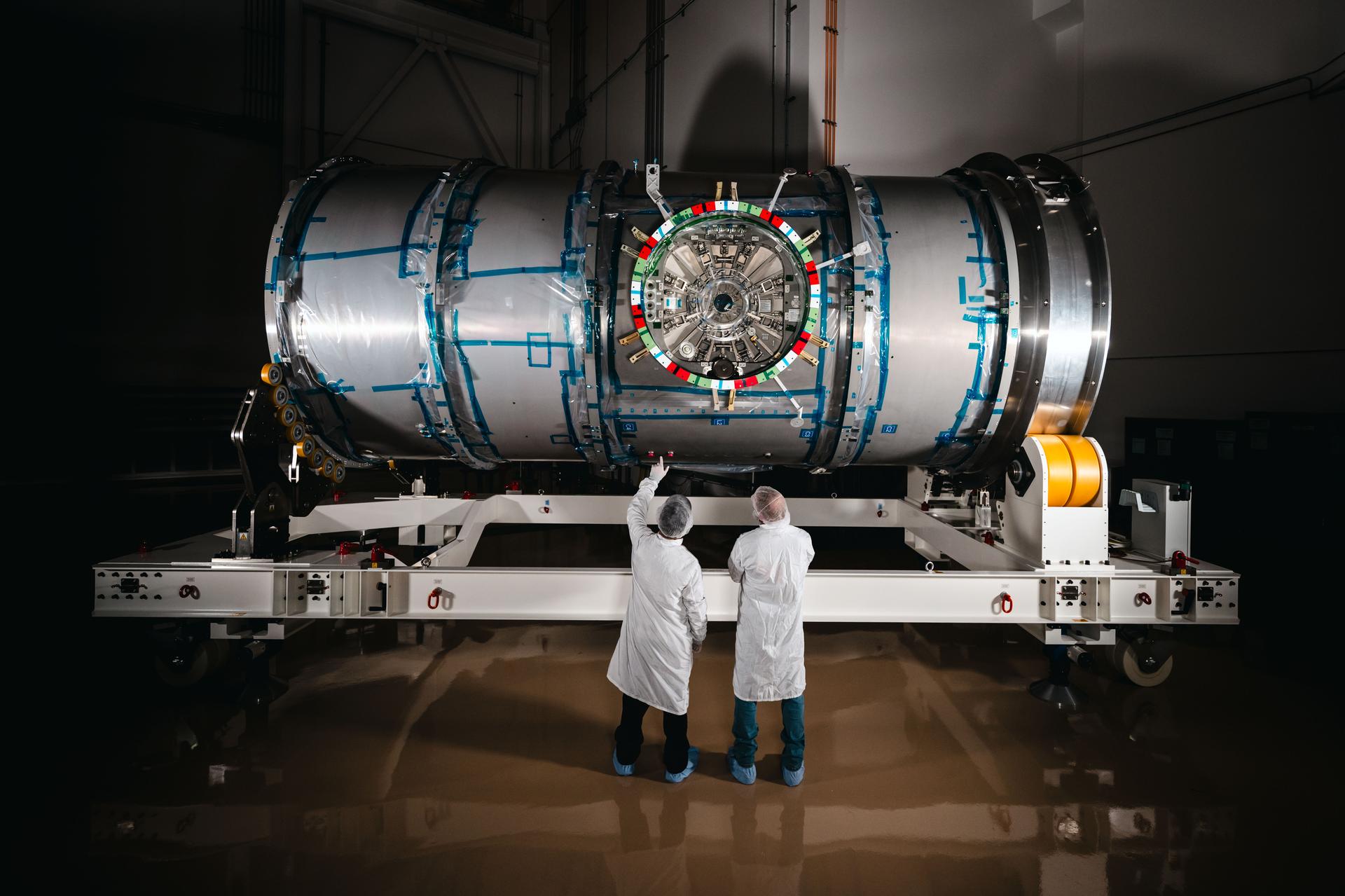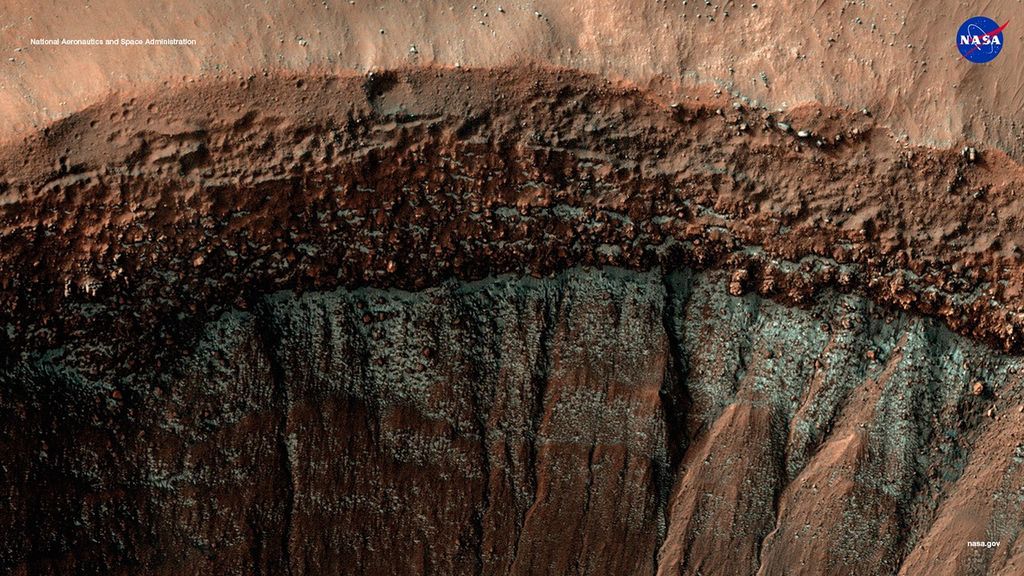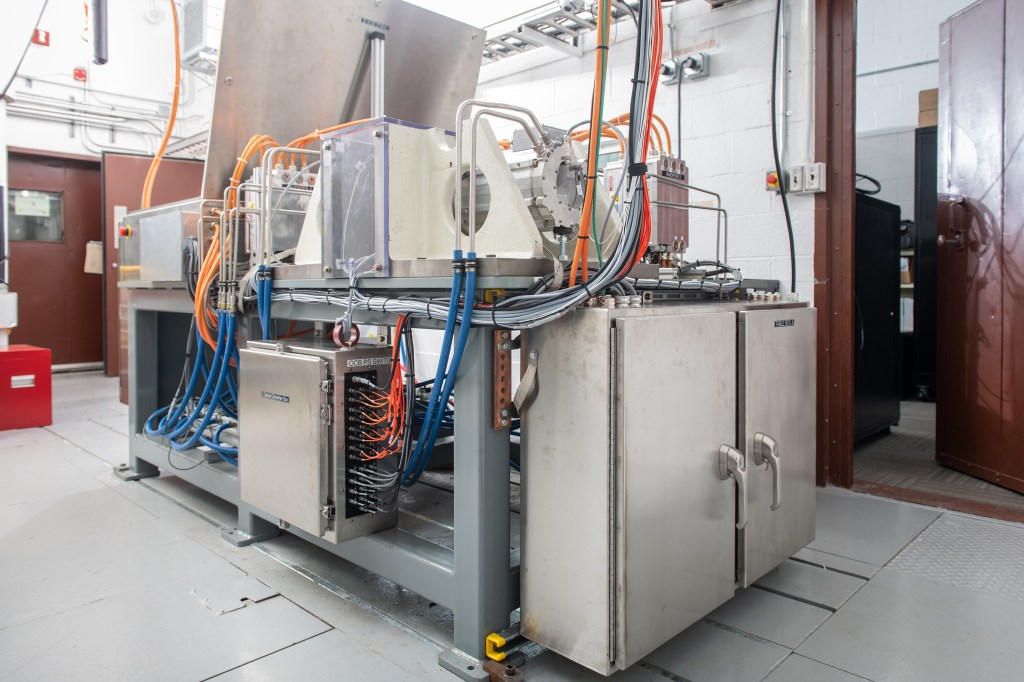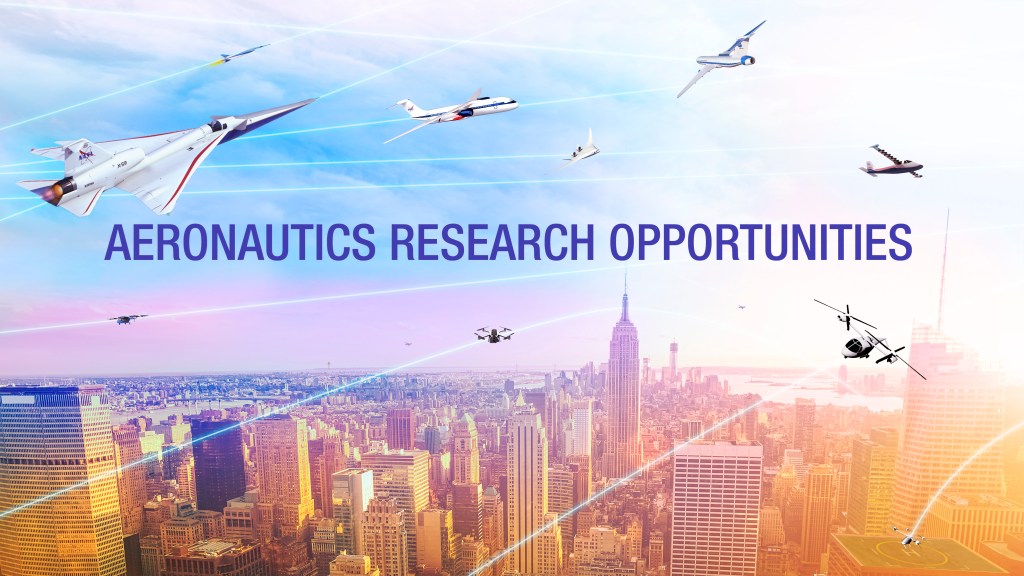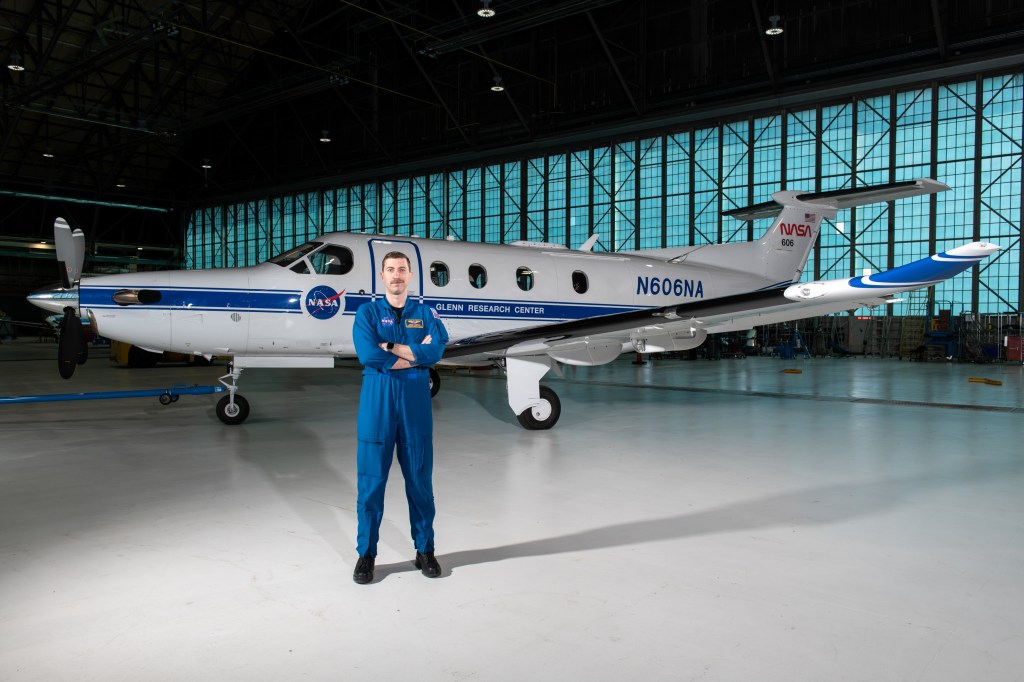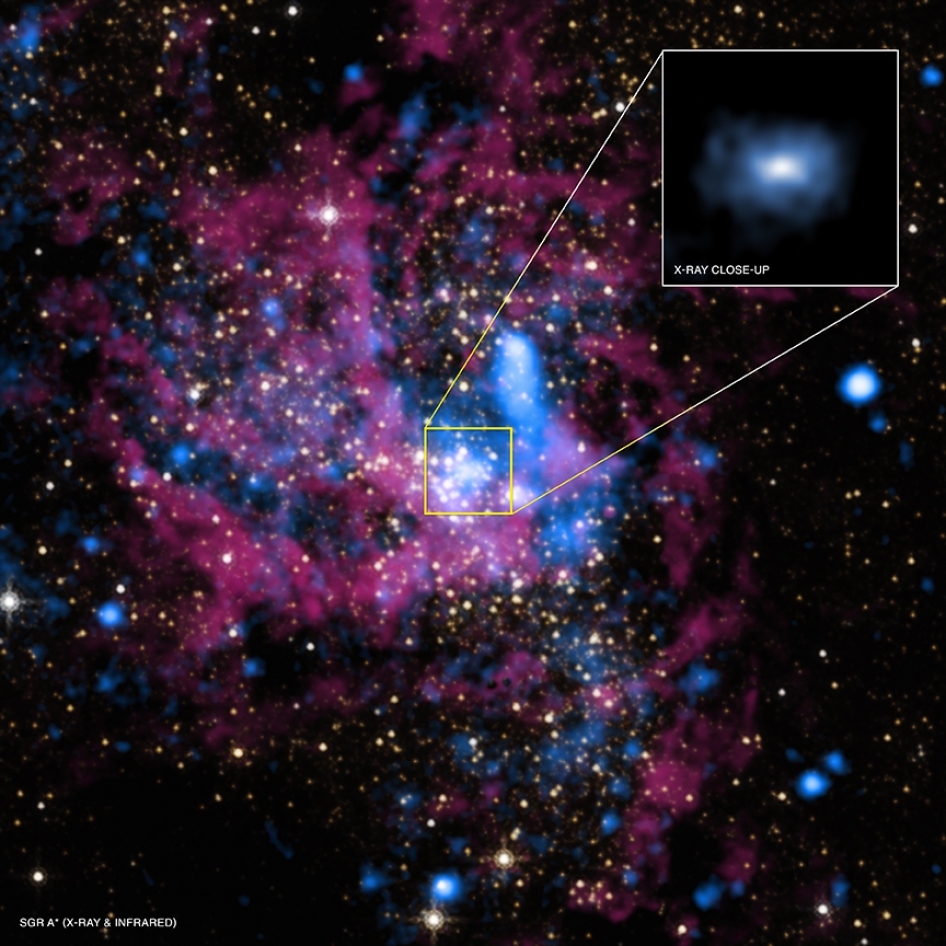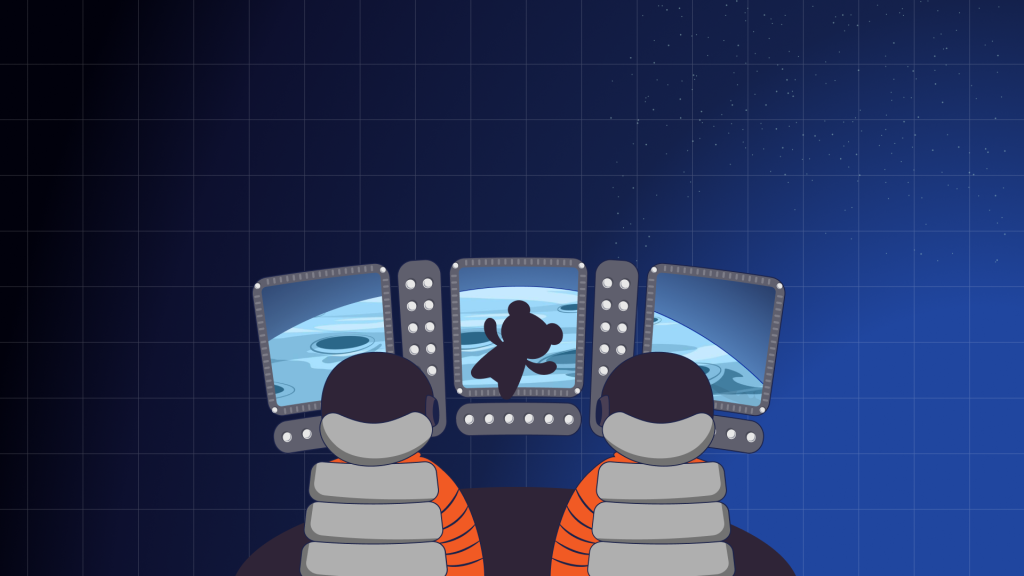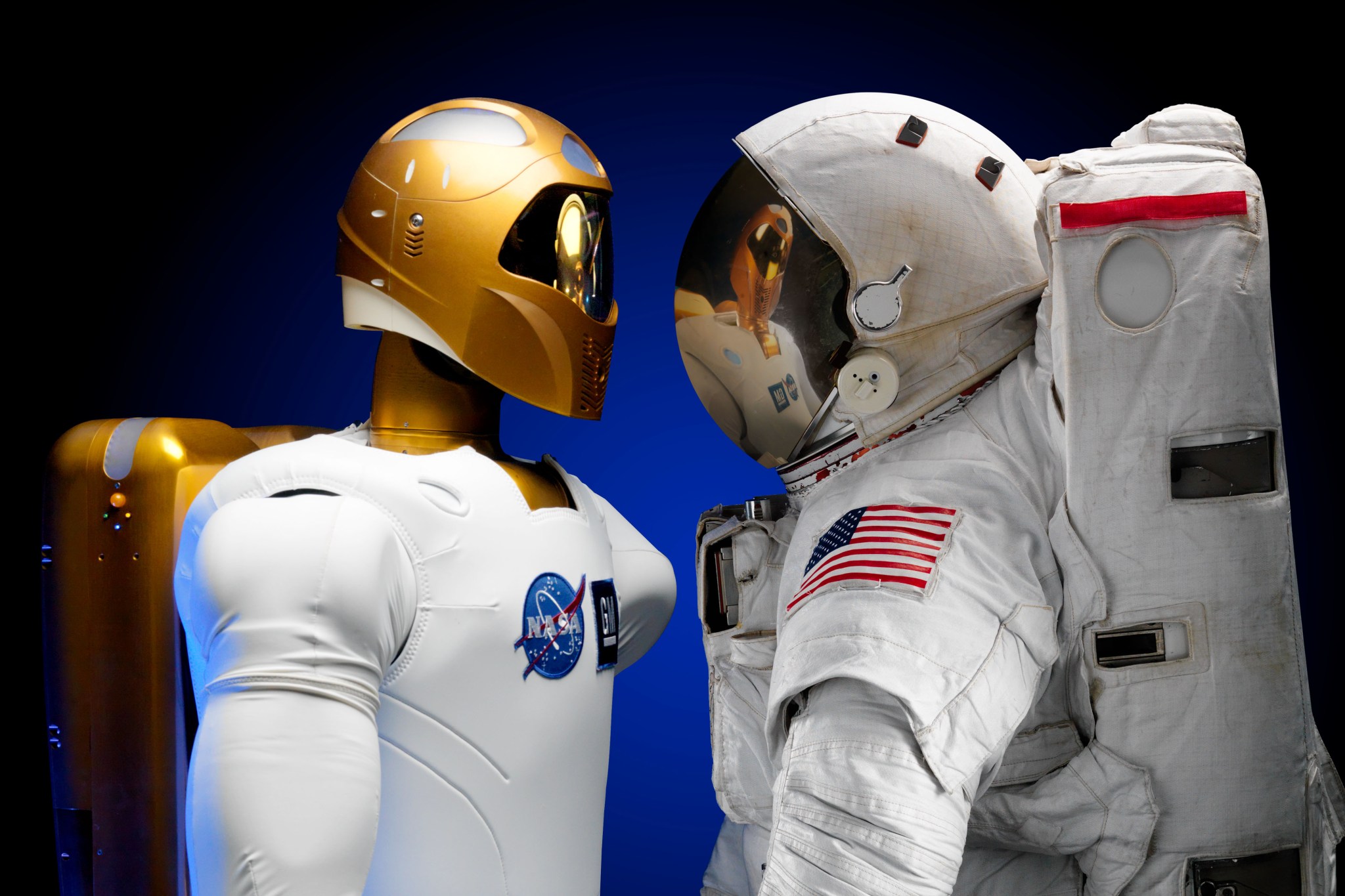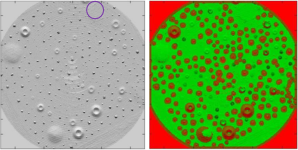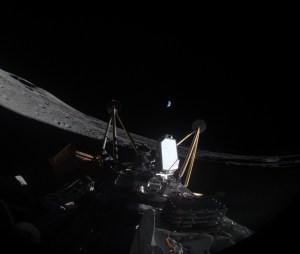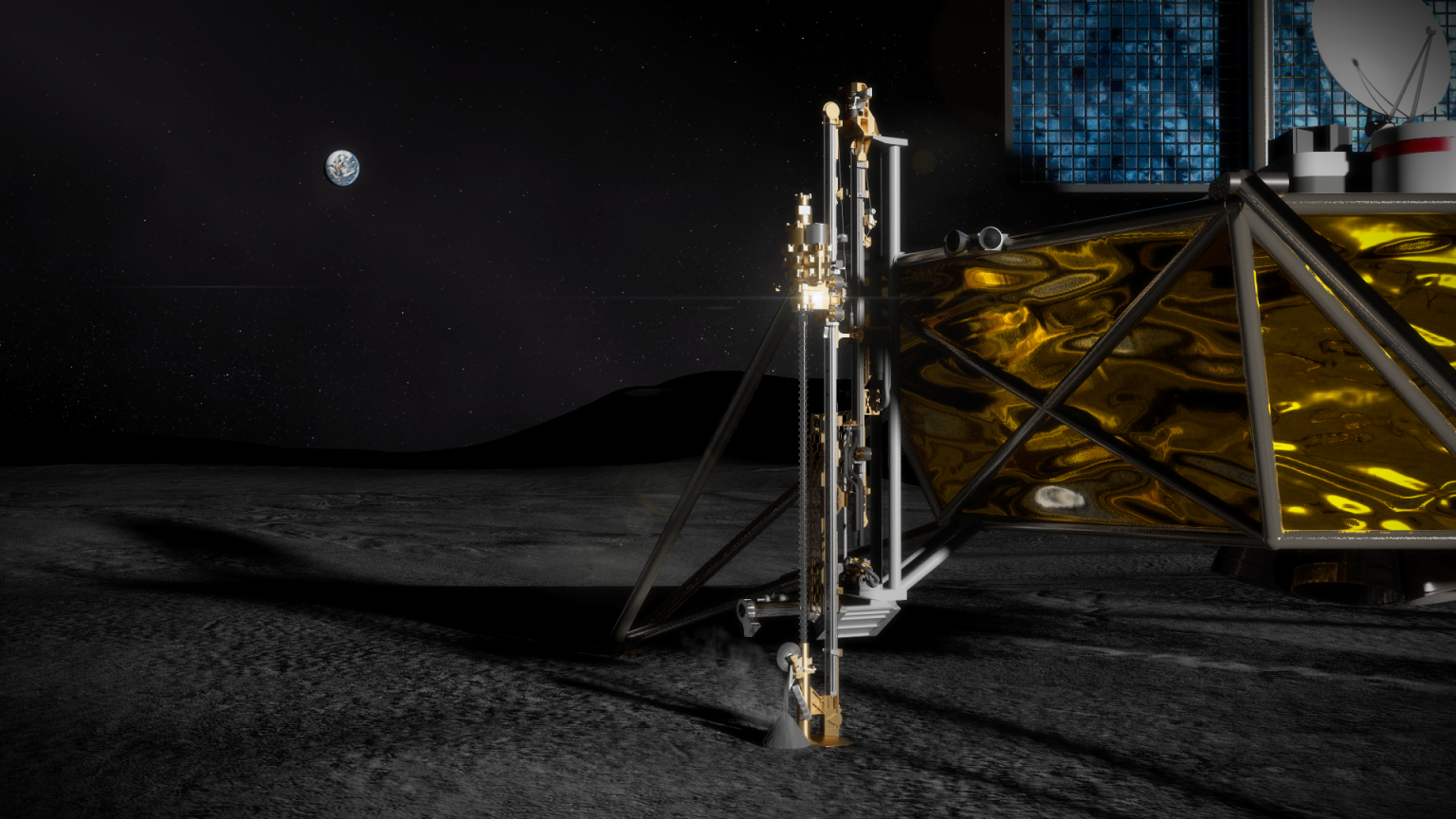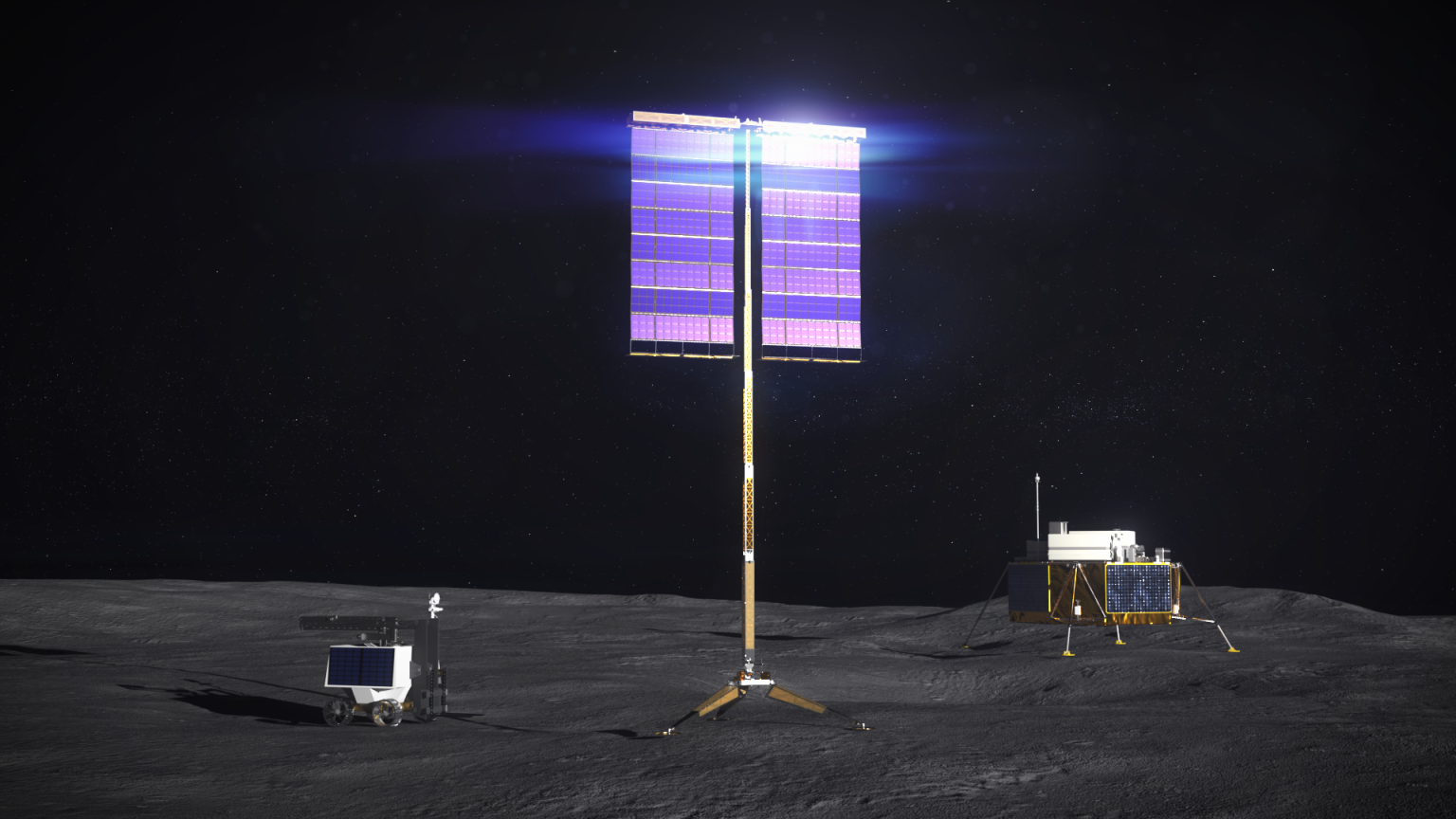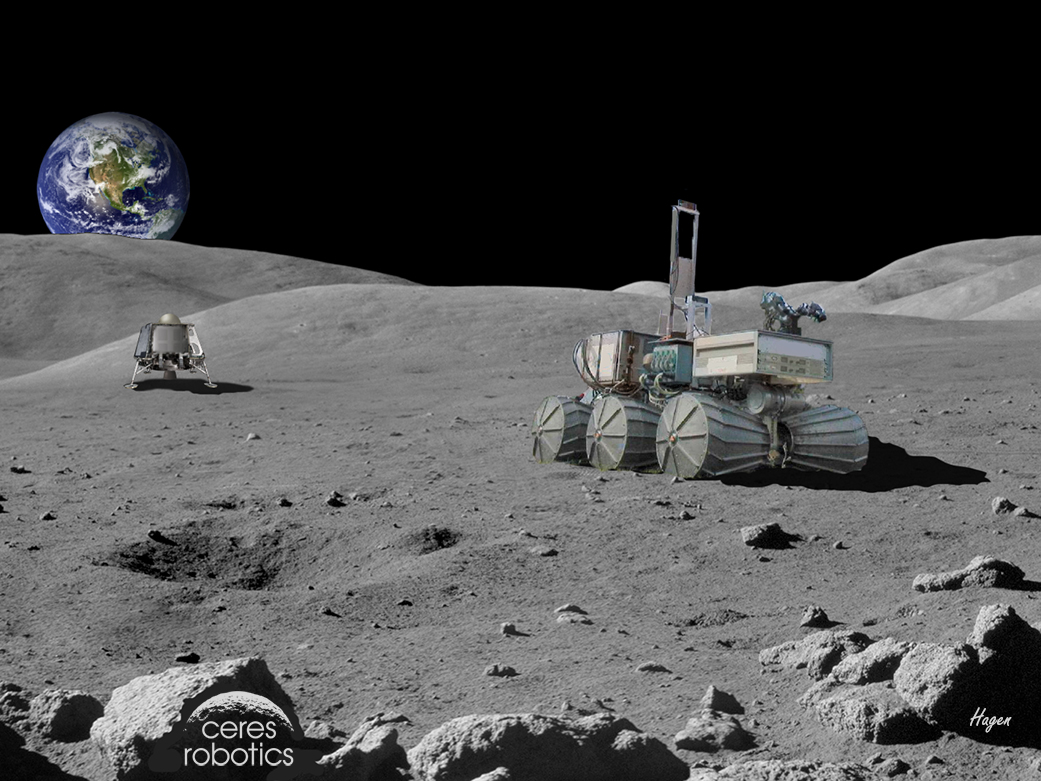The Human Robotic Systems (HRS) project focuses on development, testing and evaluation of robot systems that help humans operate more effectively in space.
Note: Please note that this is an “archived project” and is no longer updated. This article is meant for historical purposes only.
The Human Robotic Systems (HRS) project focuses on development, testing and evaluation of robot systems that help humans operate more effectively in space. This may include working in advance of human arrival, working alongside humans or following the departure of human explorers. In some cases, the project develops systems and technologies for immediate infusion into mission and in other cases HRS develops well in advance of the need by the agency to buy down risk such that these advanced capabilities will be ready when called on. Key technologies include human-robot interaction, robotic assistants, and robotic mobility systems.
National Robotics Initiative
The National Robotics Initiative (NRI) is a cross-governmental agency, joint solicitation that supports a national initiative to accelerate the development of next-generation robots in the U.S. Participating government agencies provide funds for competitive grants to U.S. universities and research labs—to conduct robotics research and development—with the goal of bringing robotics capability back to the U.S., keeping the country competitive in robotics. During 2017, 12 grants are active within NASA’s NRI portfolio, covering a wide variety of applications, including robotic walking and foot/soil interaction, exoskeletons, machine learning and planning for humanoid robots, long/thin tendril-like robots for inspection, robotic motors/sensing and multiple rover planning under multiple constraints.







